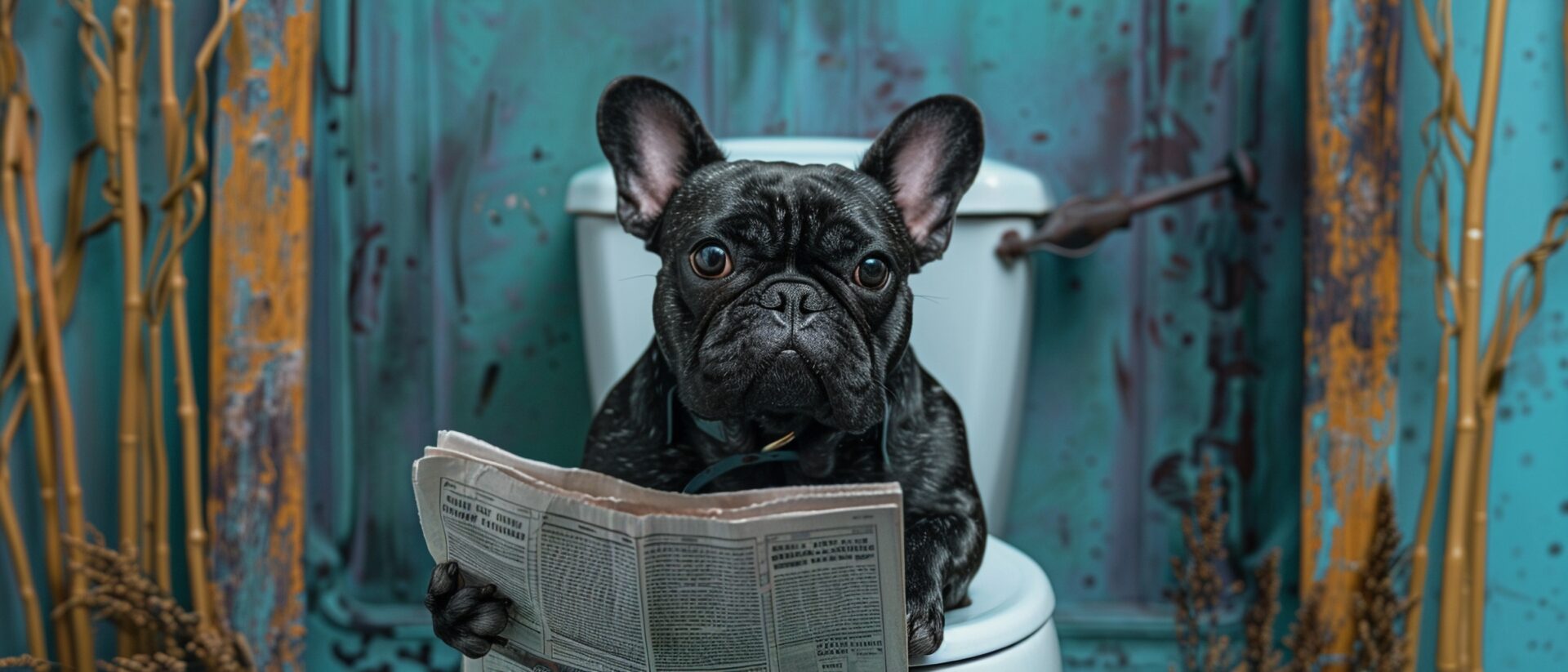
The Causes of Common Dog Poop Colors
Free initial cleanup with regular service

The Causes of Common Dog Poop Colors Are Important Because Color Provides Insight Into The Health of Your Dog
Did you know that dog poop color provides insight into the health of your dog? Much like infants and small children, dogs can’t tell us when they’re experiencing stomach pain, gas, and other forms of gastrointestinal discomfort. Viewing their poop, however, can help you determine when they’re not feeling well. Even more importantly, it can tell you when it’s time to contact your veterinarian.
The Four C’s
According to a recent article in PetMD.com, it’s possible to determine if your dog is unwell based on four things, dubbed the Four C’s—color, consistency, content, and coating. Healthy dog poop should be easy to “squish,” but should also hold its shape without seeping down into the grass. While a really hard or exceedingly soft stool will occur every now and then, it’s not a cause for concern provided your dog seems fine otherwise, and if it only occurs for a day or two. If it continues or if your dog seems lethargic and/or doesn’t exhibit an interest in eating, give your vet a call.
The content of a dog’s poop should be—well, poop. But for those concerned that Fido isn’t feeling well, a knife or stick will cut into the stool and might tell you a story about your dog’s health—or even his behavior. For example, if you see worms in fresh poop, call your vet. Poop that has been outside on the grass for a few days might be full of worms from a source other than your dog. Noticeable fur in your dog’s waste might indicate a skin issue or stress. Foreign materials inside the poop indicate pica—the eating of non-food items. And while this isn’t all that unusual, it’s worth a mention to your vet at your dog’s next visit.
Dog poop shouldn’t have any type of film or coating on it. An ample amount of mucus can indicate inflammation in the large bowel. Most vets believe in waiting a day or two to see if the poop goes back to normal. If not, it’s time to give them a call.
Now let’s take a look at the color of your dog’s waste.
Yellow Poop
If your dog’s poop is yellow, it may or may not be a cause for concern. According to veterinarian Dr. Tracy Jensen, medical director at Wellington Veterinary Hospital in Wellington, Colorado, it could be something as simple as a yellow crayon or something similar that your dog consumed. If this is the case, however, the color will appear only as splotches within the pile of poop. If the yellow color pervades the poop, there could be a more serious problem.
“That is bile pigment that has not been reabsorbed and is passing through the feces and turning it yellow,” Dr. Jensen explains in a Dogster.com article.
Yellow poop could signify the presence of parasites, cancer, inflammatory bowel disease, liver problems, as well as problems with the pancreas and/or gallbladder. When this occurs, it is necessary to schedule an appointment with your dog’s veterinarian right away.
Black/Very Dark Poop
A recent report in CanineJournal.com states that the key to knowing when your dog is unhealthy is to know what their healthy poop looks like. Dogs producing black or very dark poop should be seen by a veterinarian. The color, combined with a sticky or tar-like consistency, could indicate the presence of an ulcer in the stomach or gastrointestinal tract.
Red Streaks
If red streaks appear in your dog’s waste, it could be a sign of bleeding in the lower digestive tract. If your dog seems okay otherwise, it could simply be that he or she is a bit constipated and strained a bit too much while eliminating the stool.
Pink or Purple Poop
If your dog’s poop is pink or purple and even slightly resembles the color and consistency of jam, call your veterinarian right away. This may be a sign of hemorrhagic gastroenteritis or HGE. Unfortunately many dogs die from this each year, but if you act on this immediately, your vet can begin treatment right away—most often with positive results.
CanineJournal.com writer and veterinarian Dr. Carrie Jelovich offers a few simple tips for keeping your dog—and this his poop—healthy.
- Feed your dog the highest quality dog food you can afford.
- Limit human food.
- Block trash cans/compost piles so your dog can’t rummage through them and consume some of the contents.
- Keep anything you’d prevent a child from getting into—medicine, cleaning products, pest-control products, trash and more—away from your dog.
Knowing your dog is important, and knowing when their poop is the wrong color is sometimes life-saving. Even when dog poop is healthy, many people don’t want to go near it, let alone pick it up. If you want a reliable pooper scooper service, contact the professionals at POOP 911 today!.
Schedule a Service



